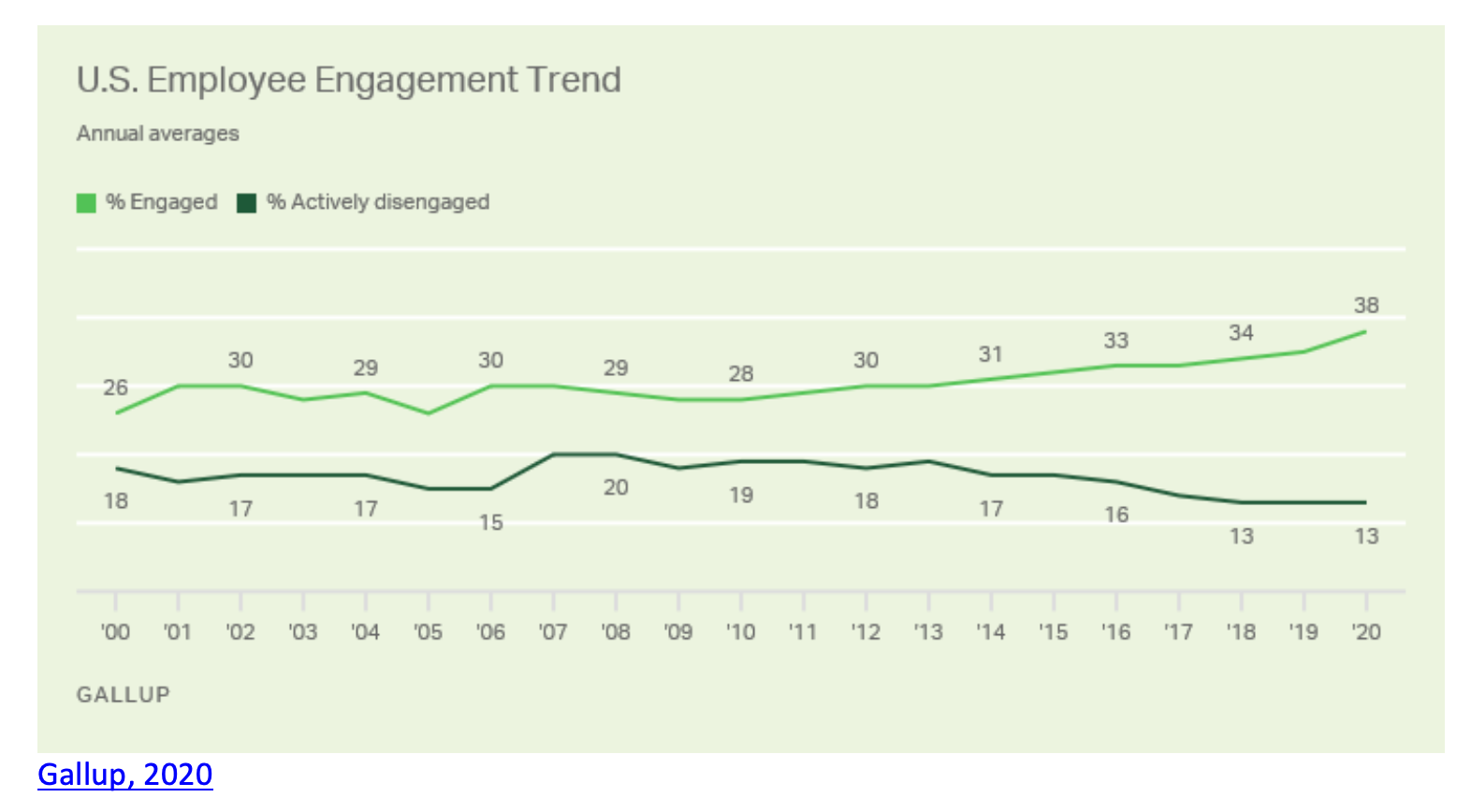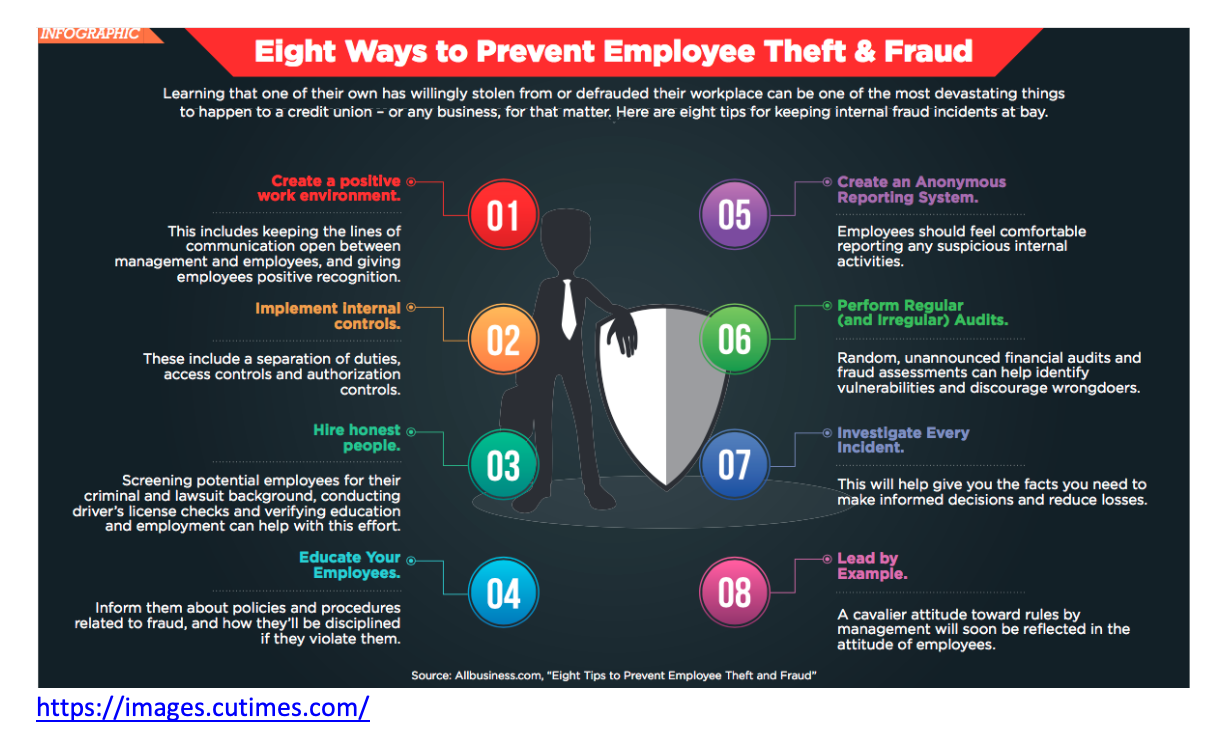 Employees are often referred to as the greatest asset. Many authors and organisations have considered people as their most valuable asset. And there are good reasons for doing so.
Employees are often referred to as the greatest asset. Many authors and organisations have considered people as their most valuable asset. And there are good reasons for doing so.
Yet, there is mounting evidence to show that employees are also the greatest liability or risk for employers. They are not engaged in the workplace, are incompetent at their work, conduct employee theft, and are involved in political manoeuvring. When these occur, employees will more likely be making self-interest decisions that will not benefit their employer. Their actions can also cause financial and reputational damage.
Understanding the enemy within will help organisations improve their business outcomes such as financial success, productivity, profitability and customer engagement.
The inherent risks within organisations
The types of inherent employee risk within organisations include:
- Lack of employee engagement.
- Incompetent employees.
- Employee theft.
- Office politics and political manoeuvring..
When these inherent risks are not adequately managed, the following may occur:
- Financial and reputational damage to organisations.
- Damaged employee morale and stakeholder trust.
.Lack of employee engagement
Gallup found that the percentage of “engaged” workers in the U.S. — those who are highly involved in, enthusiastic about and committed to their work and workplace — reached 38% in early May 2020. This is the highest since Gallup began tracking the metric in 2000.
The percentage of workers who are “actively disengaged” — those who have miserable work experiences and spread their unhappiness to their colleagues — tied the 2018 and 2019 low of 13%. 
The remaining 49% of workers are “not engaged”. They are psychologically unattached to their work and organisation. These employees put time, but not energy or passion, into their work.
Employees who are “not engaged” typically show up to work and contribute the minimum effort required. They are looking out for better employment opportunities and will quickly leave when there is a slightly better offer.
The Conference Board’s 2018 survey on job satisfaction finds that 49% of U.S. employees are not satisfied with their job. That’s half of the workforce is unhappy!
The Aon Hewitt Engagement Model, shown below, tells us how to achieve the required engagement outcomes of say, stay and strive. For example, the model tells us that it is difficult to say employees are fully engaged if they strive to go above and beyond but do not wish to stay with the organisation. Incompetent employees
Incompetent employees
The Harvard Business Review published a piece called ‘Why Do So Many Incompetent Men Become Leaders?’ The author observed that “we (people in general) commonly misinterpret displays of confidence as a sign of competence, we are fooled into believing that men are better leaders than women.”
When it comes to leadership, the primary advantage men have over women is that their confidence manifests itself in charisma and charm which are commonly mistaken for leadership potential. The author says because these occur more frequently in men than in women, men continue to dominate management despite the fact there is convincing data that indicates women are as competent, if not more, at leading.
Organisations have unfortunately created a pathological system that rewards men for their incompetence while punishing people especially women, for their competence, to everybody’s detriment.
There is compelling scientific evidence that women are more likely to be equally as or more competent than men.
People quit bad bosses. The research proves the old trope; that people leave managers, not organisations — 57% of employees have left a job because of their manager, as shown below.
Good performers can easily find a better job elsewhere, leaving poor performers to remain in organisations.
Organisations should be putting people in charge who demonstrate competence, humility, and integrity. The key is to distinguish between confidence and competence.
Employee theft
Employee theft occurs when an employee steals assets from an employer. Assets include money, stocks, inventory, supplies, or time.
According to reports citing data from the U.S. Chamber of Commerce, 75% of employees have admitted stealing from their employers at least once, and 38% admit to stealing from employers at least twice.
The Association of Certified Fraud Examiners reports that theft of “non-cash” property — ranging from a single pencil in the supply closet to a pallet of them on the company loading dock — have jumped from 10.6% of corporate-theft losses in 2002 to 21% in 2018. Managers routinely order up to 20% more product than is necessary, just to account for sticky-fingered employees.
There are many ways employees can steal from their employers and they include:
- Time theft — Taking extra-long lunches or long water cooler chats with co-workers is a common form of employee theft. TSheets found that 49% of U.S. employees who track time admit to time theft.
- Larceny — This type of theft includes stealing tips and another employee’s personal property.
- Intellectual property theft — This involves robbing people or organisations of their ideas, inventions, and creative expressions — known as intellectual property, which can include everything from trade secrets and proprietary products and parts to movies, music, and software. This is a growing threat, especially with the rise of digital technologies and Internet file-sharing networks.
- Data theft — This is an act of stealing digital information stored on computers, servers, or electronic devices with the intent to compromise privacy or obtain confidential information.
- Skimming — The legal term is defalcation, which is the misappropriation of funds by a person trusted with its charge. Skimming fraud includes hiding cash from the employer, tax evasion, or even setting aside funds for a bribe or protection payments to racketeers.
- Embezzling — Embezzlement happens when an employee steals something they were authorised to access. For example, an accountant taking money from the accounts he or she manages falls under this category. Hiscox found that 68% of cases occurred at organisations with fewer than 500 employees.
- Abuse of power — Misusing authority can result in theft and other dishonest acts. For example, letting non-employees use employee discounts.
The eight ways to prevent employee theft include the following:
Politics are a part of organisational life. Ninety-three per cent of managers reported that workplace politics exist in their organisation. Seventy per cent felt that to succeed, a person has to engage in politics.
Moreover, research reported in HR Magazine found that managers waste 20% of their time managing politics.
Office politics and a time crunch are chief sources of stress. For managers and individual contributors alike, the two chief sources of stress are not enough time to do everything and dealing with office politics.
Although workplace politics are inevitable, they can be overcome with proper leadership and influence. Mitigation actions include:
- Reducing the distance from decisions.
- Demanding accountability from all team members.
- Reprimanding political behaviour.
Managing employee risk for positive outcomes
Gallup’s research showed that 71% of engaged employees strongly agreed they could take risks at work that could lead to important new products, services or solutions. Among actively disengaged employees, that number drops to a miserly 2%.
A high number of disengaged employees puts organisations at risk of serious decision-making mistakes. That includes doing something that should not have been done, or just doing nothing. These disengaged employees will likely ignore or overlook key emerging risks like coronavirus, or even ignore opportunities that are presented.
In today’s competitive environment, organisations will ideally want their employees to be engaged at work. They want ‘loyal’ employees so that they can take the appropriate risks, make better decisions for the business, and take advantage of the opportunities presented.
Compared with disengaged teams, engaged teams show 24% to 59% less turnover, 10% higher customer ratings, 21% greater profitability, 17% higher productivity, 28% less shrinkage, 70% fewer safety incidents and 41% less absenteeism.
Engaged employees are more connected to their workplaces. They are more aware of their surroundings.
Cultures in which employees are engaged in their work are safer places to work. Research has shown that there are 70% fewer safety incidents in highly engaged workplaces. Engaged employees can focus on the task at hand. They do not worry about whether there’s room for advancement or whether their boss likes them..
Related article
The enemy within organisations
A large portion of the workforce can be disengaged, or even disloyal, from the core purpose of making or saving money of their employer. The reasons include unhappiness, incompetence and self-interest.
We know that engaged employees can lead to…
- Higher service, quality, and productivity, which can lead to…
- Higher customer satisfaction, which can lead to…
- Increased sales, which can lead to…
- Higher levels of profit, which can lead to…
- Higher shareholder returns (i.e., stock price).
Proactively managing employee risk, or the enemy within, posed by a disengaged or self-interested workforce will be the key to organisational success and survival.
Jim Collins the author of Good to Great, tells us to get the right people on the bus. Those who build great organisations make sure that they have the right people on the bus and the right people in the key seats before they figure out where to drive the bus. They always think first about who and then about what.
Now more than ever, when facing chaos and uncertainty, and you cannot possibly predict what’s coming around the corner, your best strategy is to have a busload of people who can adapt to and perform brilliantly no matter what comes next. Great vision without great people is irrelevant.
Professional bio
Patrick Ow is a strategy execution specialist, corporate facilitator, personal coach, educator, and Chartered Accountant with over 25 years of international risk management experience.
He helps corporate executives and individuals execute their strategies and personal plans to get breakthrough results using The 7 Habits of Successful Strategy Execution. Visit https://executeastrategy.com or email patrick@executeastrategy.com for details.
Patrick has authored several eBooks including When Strategy Execution Marries Risk Management – A Practical Guide to Manage Strategy-to-Execution Risk (available in Amazon).
In addition to his professional work, Patrick has a personal passion for preparing individuals for the future of work.

